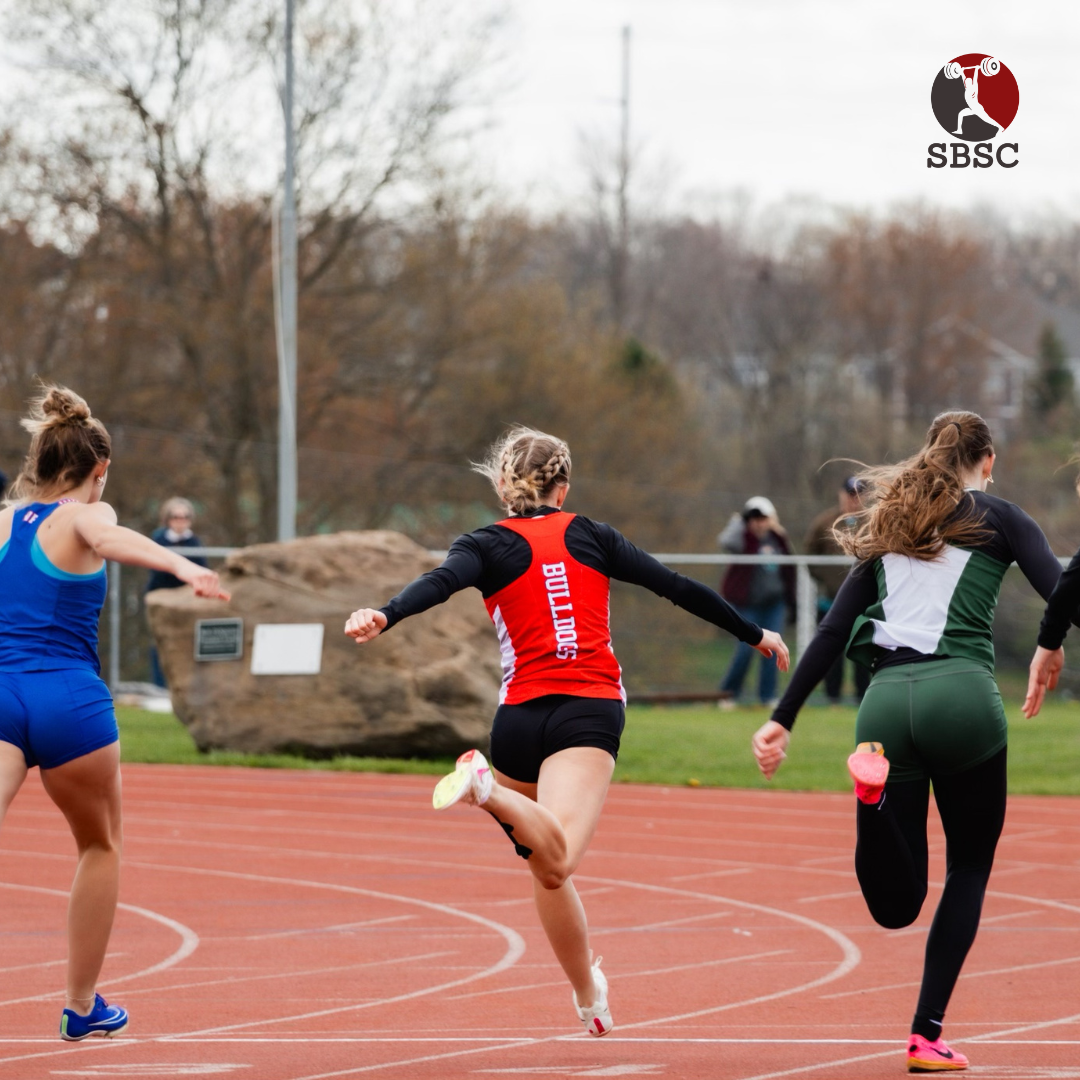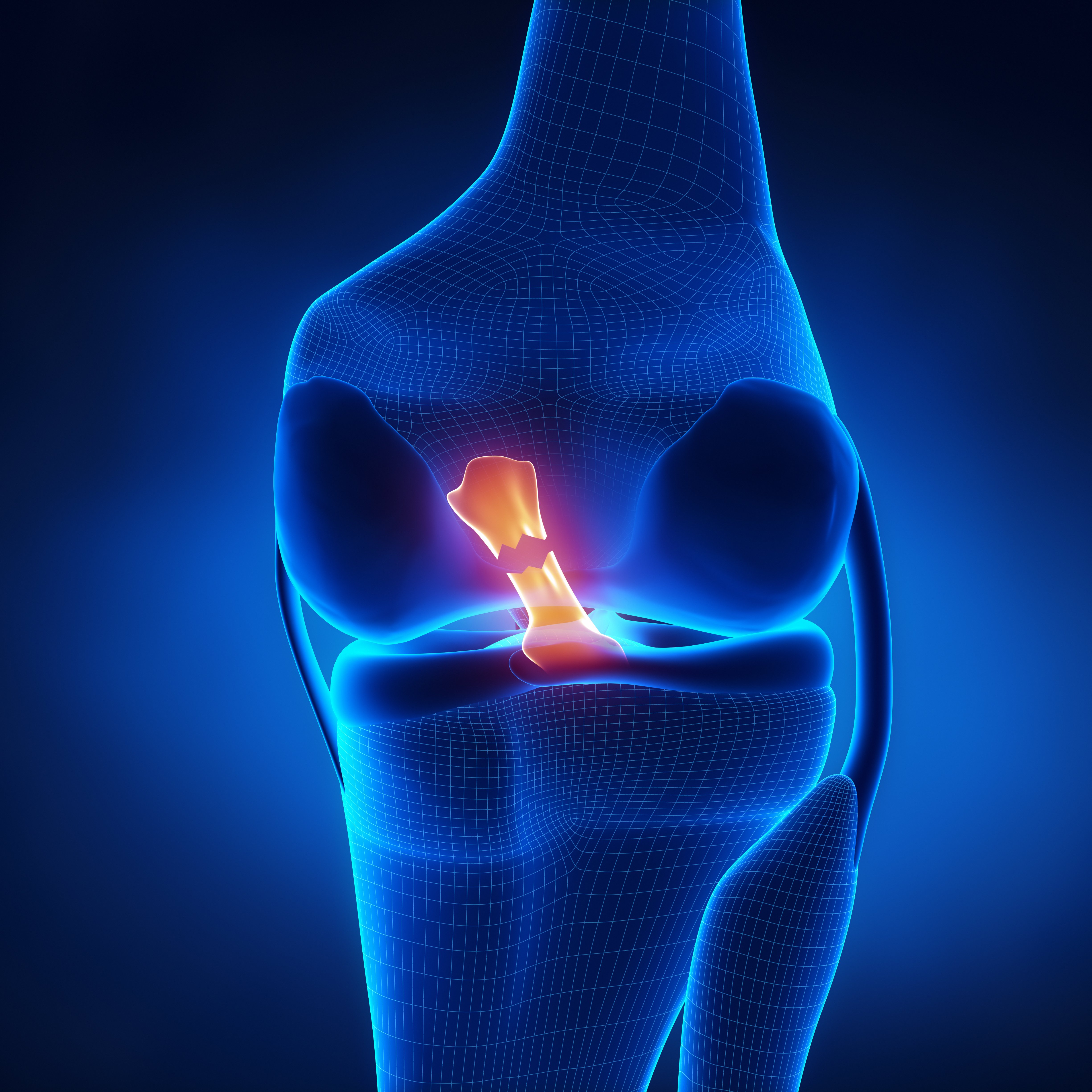Balancing Mobility, Stability, and Strength for Peak Performance
Mobility training has become an essential component of athletic programs today, and for a good reason. The ability of an athlete to move their joints effectively through an optimal range of motion contributes to improved performance, injury prevention, and overall movement efficiency. But what happens when an athlete focuses too much on mobility and neglects strength training?
This article explores why excessive mobility without adequate strength training can lead to joint instability, increased risk of injury, and limited performance gains. I’ll share the research and provide practical advice to ensure a well-rounded approach to athletic development.
Understanding Joint Mobility and Stability
Joint Mobility refers to the range of motion available at a joint or group of joints. It is crucial for the fluidity of movement, allowing athletes to perform activities that require stretching, reaching, or agile maneuvers.
Joint Stability, on the other hand, refers to the ability of the muscles, ligaments, and tendons surrounding a joint to maintain control and support throughout its range of motion. Stability is essential for preventing injuries, especially during rapid movement or high-intensity loading changes.
Mobility and Stability Are Inseparable
While they may seem like opposing forces, mobility and stability are interdependent; mobility creates the potential for movement, while stability ensures that movement is controlled, safe, and efficient. Think of your joints as a door: mobility represents the hinges that allow the door to swing open, while stability is the screws that hold the hinges in place. Without either component, the entire structure becomes dysfunctional.
The Problem with Too Much Mobility
Athletes, especially those who engage in excessive mobility training without an appropriate level of strength training, may experience a series of unintended consequences. For example...
Hypermobility and Joint Laxity
Excessive mobility can lead to a condition called hypermobility, where the joints move beyond their optimal range of motion. This often results in joint laxity, which means the connective tissues around the joint become overly loose and are unable to maintain stability. A study published in the Journal of Orthopaedic & Sports Physical Therapy (2013) found that hypermobile athletes without sufficient strength training were at increased risk of joint-related injuries like sprains and dislocations.
Loss of Dynamic Stability
Muscles play a crucial role in providing dynamic stability—supporting joints during movement, absorbing forces, and allowing athletes to change direction with precision. When strength training is neglected, these muscles become less capable of providing adequate support. According to research from Sports Health, muscle weakness impairs proprioception—the body’s awareness of joint positioning—resulting in decreased neuromuscular control, especially in extreme ranges of motion, which can be detrimental in fast-paced sports.
Reduced Muscle Tone and Overstretching
Excessive stretching without complementary strength training can decrease muscle tone. Muscles that are stretched to the point of losing elasticity cannot contract efficiently when the joint requires stabilization. The Journal of Strength and Conditioning Research (2017) highlights that athletes who focused solely on flexibility exercises demonstrated reduced muscle tone, which affected their ability to quickly generate force to stabilize joints.
Neuromuscular Imbalance
Strength training contributes to improved neuromuscular coordination, ensuring that stabilizer muscles activate at the right time to support the primary movers during activities. Without this, imbalances occur, where some muscles overwork while others are underactive, resulting in a greater risk of injuries and chronic pain. Neuromuscular imbalance due to excessive mobility has been noted in research from Sports Medicine (2020), especially in sports requiring rapid changes in direction.
Why Strength Training Is Essential for Joint Health
Building Stability Through Strength
Strength training, particularly functional strength exercises, helps build joint stability. Muscles like the rotator cuff in the shoulder or the hip abductors in the lower body are responsible for maintaining proper joint positioning during activities. When these muscles are strong, they provide a protective effect, absorbing forces that might otherwise stress the connective tissues. For example, strong quadriceps and hamstrings help stabilize the knee, reducing the risk of ACL injuries, particularly in jumping and pivoting sports.
Strength Training Enhances Proprioception
Proprioception, or the body’s awareness of joint movement and positioning, is enhanced through resistance exercises that challenge the muscles under load. Strength exercises that focus on multiple planes of movement, such as lunges, step-ups, or push-pulls, improve the nervous system’s ability to control movement. This increased awareness allows athletes to correct joint positioning before instability occurs, as seen in several research reviews in the International Journal of Sports Physical Therapy.
Stability for Controlled Mobility
True mobility requires control. This means having the strength to decelerate movement at the extremes of joint range, preventing unwanted motions that could lead to injury. Training methods like resistance band work, unilateral movements, and plyometric exercises are key in maintaining this balance, providing both the mobility and the muscle response necessary to stabilize the joint during high-intensity activities.
Practical Tips for Athletes and Coaches
Integrate Strength and Mobility Training
Athletes should integrate both strength and mobility training into their programs. A mobility session might involve dynamic stretching but should always be followed by stabilization work to “lock in” the gained range of motion.
Use Functional Exercises for Joint Control
Focus on functional strength exercises that challenge joint stability, such as:
Single-Leg Romanian Deadlifts: Improves hip and knee stability.
Bent Over Row (1 Arm 1 Leg): Enhances hip stability, lumbopelvic control, and force transmission between the lower and upper body.
Prioritize Neuromuscular Coordination
Incorporate exercises that require balance and coordination, like walking lunges, step-ups, or lateral band walks. These exercises improve the body’s ability to stabilize dynamically, translating directly to improved on-field performance.
Educate on the Importance of Stability
Athletes, especially younger ones, should be educated about why stability is critical for their performance and longevity. Coaches and parents can help athletes understand that the foundation of athletic performance is not just mobility but the ability to control that mobility under load.
Address Individual Needs
Mobility and stability requirements vary from sport to sport and from athlete to athlete. An individualized assessment should determine which joints require more mobility and which require greater stability, tailoring the training accordingly.
Joint health is a balancing act between mobility and stability, and it requires athletes to maintain both in harmony. Excessive focus on mobility, without an equivalent emphasis on strength training, puts athletes at risk of joint instability, poor performance, and a heightened risk of injury. By understanding how strength and mobility complement each other, athletes can develop resilience, move with confidence, and perform at their best.
Coaches, always remember...strength is what allows mobility to be functional. To create well-rounded, injury-resistant athletes, never separate the two. Mobility gains should always be supported with strength work—because, without stability, mobility can do more harm than good.
Athletes, every time you increase your range of motion, ask yourself: “How am I strengthening my body to control this new range?”
Train with intention, strengthen what you move, and keep building a body that not only moves freely but also resists injury under pressure.
Dedicated to your success,
Sam
References:
Journal of Orthopaedic & Sports Physical Therapy. “Hypermobile Athletes and Increased Risk of Joint-Related Injuries.” Journal of Orthopaedic & Sports Physical Therapy, vol. 43, no. 6, 2013, pp. 377-391.
Sports Health. “The Impact of Muscle Weakness on Proprioception and Neuromuscular Control in High-Intensity Sports.” Sports Health, vol. 5, no. 3, 2013, pp. 244-251.
Journal of Strength and Conditioning Research. “Reduced Muscle Tone and Its Effects on Joint Stability in Athletes Focusing Solely on Flexibility.” Journal of Strength and Conditioning Research, vol. 31, no. 2, 2017, pp. 530-536.
Sports Medicine. “Neuromuscular Imbalance and Increased Injury Risk in Sports Requiring Rapid Directional Changes.” Sports Medicine, vol. 50, no. 4, 2020, pp. 645-657.
International Journal of Sports Physical Therapy. “Proprioception and Joint Stability: The Role of Strength Training in Enhancing Neuromuscular Control.” International Journal of Sports Physical Therapy, vol. 14, no. 5, 2019, pp. 685-697.



